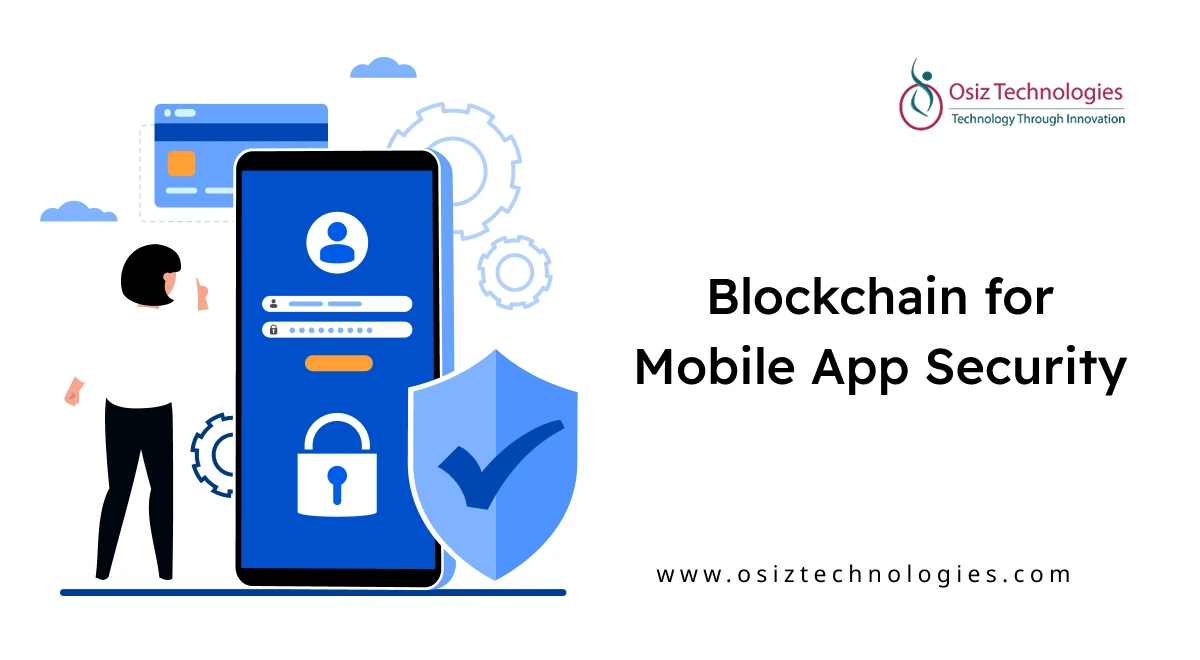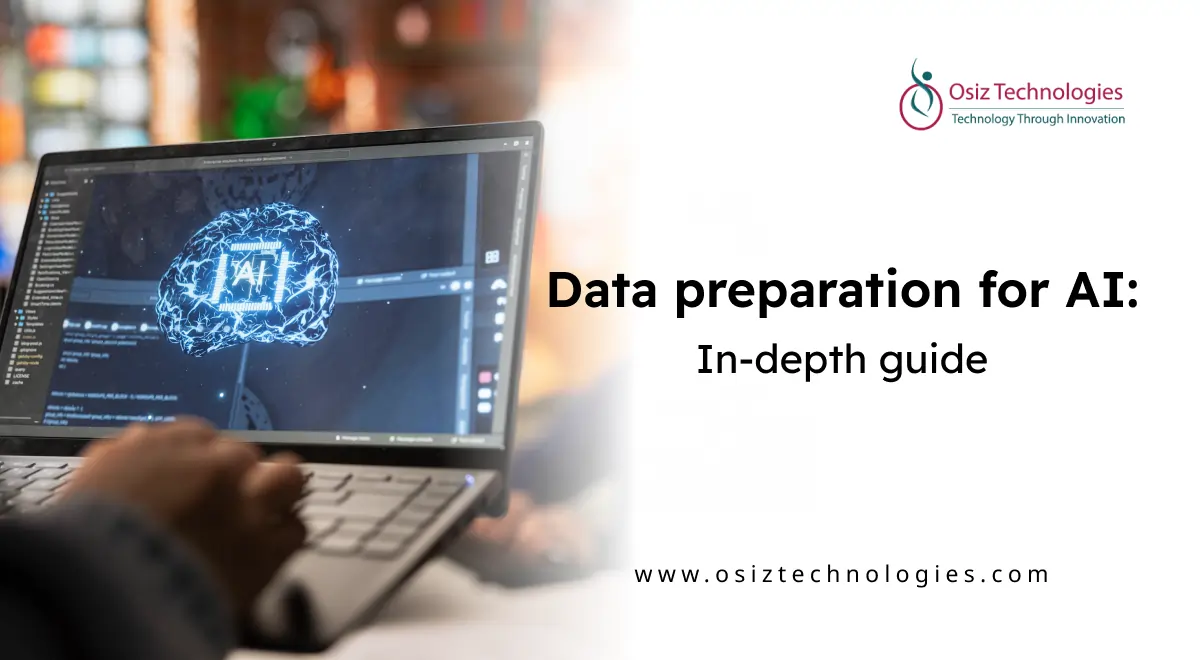Raydium Exchange Clone: The Next Generation DEX in the Solana Ecosystem
In decentralized finance, Raydium has secured its position as one of the pioneers of innovations that ensure seamless, efficient, and user-friendly interaction with DeFi protocols, thereby changing the financial landscape. Developed on the Solana blockchain, it has rejuvenated how decentralized exchanges function by achieving top-notch transaction speeds, fee calculation, and functionality for users. For developers interested in an equivalent platform, a Raydium Exchange clone offers a tremendous opportunity to exercise these features and build a new generation of cutting-edge DEX. And now, let's uncover what such a Raydium Exchange clone is all about, its key features, and numerous benefits.
A Raydium exchange clone refers to the nonstandard, decentralized exchange solution, which replicates the core functionalities of Raydium with the scope for further enhancements in its utility. Built on the Solana blockchain, this clone would become an efficient and safe means to trade tokens, provide liquidity, and engage in yield farming. It will inherit the benefits of the cross-chain interoperability of the AMM model developed by Raydium that ensures a seamless DeFi experience.
Key Features of a Raydium Exchange Clone
Automated Market Maker (AMM): In an AMM model of a Raydium Exchange clone, tokens can be swapped directly from the wallet rather than using an order book and an intermediary similar to traditional exchanges. The assets in the liquidity pools will be in equilibrium, hence ensuring smooth and instant token swaps. The AMM model is essential to maintain liquidity and enhance user experience through reduced slippage.
Low Transaction Fees and Fast Settlement: One of the notable features of a Raydium clone is that it is based on the Solana blockchain, which has high throughput with minimum transaction fees. It is, therefore, designed as a platform where trading becomes cheaper by reducing costs and making the Solana network confirm transactions in just about no time so that the trading speed is fast and efficient.
Liquidity provision and yield farming: A Raydium clone would enable users to participate in liquidity pools. This contributes to the overall liquidity of the platform. Users put up their tokens for placement in these pools, and the rewards are once again transaction fees and other yield farming incentives. It works both ways - it promotes engagement amongst users while allowing the system to achieve organic growth from the overall liquidity levels.
Cross-Chain Interoperability: A Raydium Exchange clone will integrate cross-chain interoperability. This will allow an arbitrary number of tokens to be easily bridged from differing blockchains using services like Solana Wormhole. There will be an enormous opportunity for trading and examining assets across different blockchain ecosystems, thereby increasing the options of the DEX.
User Interface: The raydium exchange clone is extremely user-friendly and intuitive for attracting new as well as experienced users. The easy navigability and design of a Raydium clone help in the smooth experience of trading, which makes its accessible usage applicable for all skill levels. Following clear instructions, guides, and tools make the best use possible of the service interaction.
Decentralized Governance: Similar to raydium the clone provides users to participate in their decentralized governance decisions. This can be a mechanism that is decentralized wherein holders of the token can propose changes or even upvote any updates, and eventually the development of this kind of platform will be towards that sort of community-driven kind, inclusive, etc.
Benefits of Having a Raydium Exchange Clone
Improved Liquidity and Market Depth: The AMM model, coupled with the liquidity pools in a Raydium Exchange clone, provides constant supply availability, thereby ensuring better market depth in terms of tokens offered on the platform. This would further minimize slippage and make trade smoother, increasing the volume of trades made.
Low transaction fees: The Solana blockchain is very low-cost, hence the Raydium clone can offer their users an alternative that is much cheaper compared to many decentralized exchanges. Such a fee model appeals to a larger user base, from retail investors to large-scale participants in DeFi, and induces adoption.
Scalability and Speed: In the Solana blockchain, throughput is quite high. Thus, this Raydium clone can perform as many as thousands of transactions per second. This allows it to serve the proportional increase in user activity particularly during the peak hours of trading. This way, it ensures the easy growth of the platform that doesn't hamper its speed or experience with users.
Passive Income Opportunities: A Raydium clone creates opportunities for users to earn passive income through liquidity provision and yield farming. Users are encouraged to keep their assets within the platform through staking tokens in the liquidity pools, in return earning their interest. This would not only build user retention but also improve the general liquidity of the DEX.
Cross-chain trading opportunities: The Raydium clone offers means such that a wider variety of digital assets are accessible from various blockchains for the users. This is a feature of the advancement of a diversified trading ecosystem with an attraction toward users who want to explore options beyond the Solana blockchain. It encourages inter-blockchain community cooperation for the clone's reach.
Decentralization and Transparency: The decentralized model of governance is what gives users their say in the development of the platform. This decentralization brings harmony in the growth between the DEX and its users' interests while it further develops trust and loyalty over the longer term. Users will retain control over their assets as a decentralized Raydium clone keeps this way rather than using centralized exchanges.
This clone of the Raydium Exchange can, of course, be a launchpad for new token projects. They get to offer their tokens liquidity and exposure in a decentralized way. Projects may list their tokens on the clone, reach a growing user base, and trade through an efficient trading infrastructure. That support for token projects would help drive innovation and new decentralized applications (dApps).
Role of Raydium Exchange Clone in the Evolution of DeFi
The clone of the Raydium Exchange may well represent the future of decentralized finance. It allows for cheap, rapid, and fast trading and is a hotbed for the deconfinement of users of traditional financial systems. Cross-chain interoperability lends a hand in releasing users from a single blockchain framework and enables them to gain broader access to varied collections of digital assets and trading opportunities.
In addition, decentralized governance focuses on the community's participation, which therefore helps in the establishment of a growth platform depending on feedback and user needs. Therefore, the users' empowerment model is essential for setting the pathway toward a healthy and interactive community, which is the lifeblood of any long-term decentralized exchange.
On the Final Note
A Raydium Exchange clone gives a solid and scalable solution to individuals seeking to step foot into the decentralized finance space. It has many advantages, such as automated market-making, low transaction fees, cross-chain interoperability, and user interfaces. By replicating some of Raydium's best features and incorporating unique enhancements, a Raydium clone can easily become a powerful platform for seamless token swaps, liquidity provision, and yield farming. With the rapid development of DeFi, launching a Raydium Exchange clone from Osiz is a wise choice as we are the leading crypto exchange development company. Raydium exchange clone is the best way to capitalize on this trend for increasingly demanded decentralized, user-centric financial services, driving innovation and accessibility in the exciting world of blockchain-based finance.
Listen To The Article
Recent Blogs

X-Mas 30%
Offer












